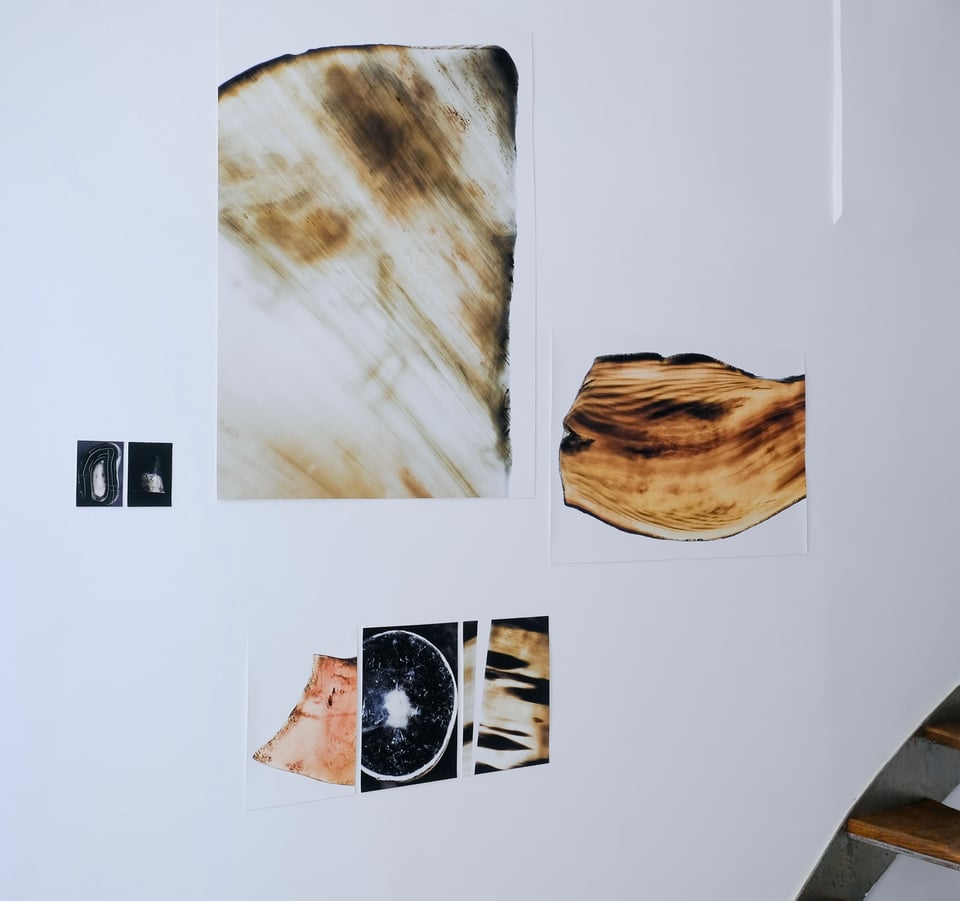The Emotional Value of Things

Last week we curated an exhibition of Kazusa Sato’s photographs at noa gallery as part of Arles’ Photography Festival. This is the first time we showcased the materials my father has used to create one-of-a-kind eyewear for nearly 30 years. Making bespoke glasses from buffalo horn involves a passion and curiosity for material and people. Each piece of horn and each individual is unique in character and shape, deserving time and respectful treatment. A perfectly fitted pair of glasses becomes part of your identity, positioned prominently on your face, telling a story about you and your perspective on the world.
Numerous conversations in Arles made me realize how little people knew about buffalo horn or other natural materials. Many have forgotten that organic materials are often the best choice for direct contact with our skin and body. They have been used for centuries to craft products like buttons, combs, tableware, and glasses but over time became luxury items. Not only because of limited resources and a decreasing number of skilled people knowing how to work with the material, but also because we are taught in business school to produce something really good, a little less good, but significantly cheaper, and sell more of it. This is how some materials that were valuable in the past have lost their popularity and been replaced by “more innovative" options. Scalability went through the roof with acetate and injection molded plastic glasses, causing an oversupply of eyewear brands and glasses, that ultimately look the same and end up in landfill. In our constant pursuit of newness and margin, we sacrifice traditions and knowledge about crafts and products ultimately supporting a culture of fast consumption, neglecting the enduring quality of existing materials.
English philosopher John Ruskin (1809-1900) said:“If you buy cheap you buy twice”. Many of us have experienced that and replaced an item shortly after, instead of purchasing a better quality product in the first place. Besides financial reasons, it’s due to convenience and unnecessarily rushed decisions. Emotional value for a product, however, stems from the people who made it, the materials used, the creation process, and the aspirations of its makers. Time and commitment forge relationships between the creator and customer beyond the product. Through the shared process, we create experiences that hold value and meaning tied to memories of that time and place, and the people we were surrounded with. It hurts to damage or lose a product because it has become a cherished companion. The deeper connection motivated me to learn how to mend holes in my beloved knit sweater and fix a broken clay cup.